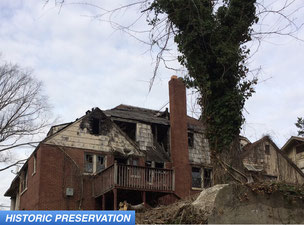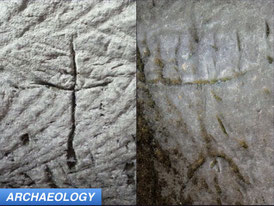
Today marks the 75th anniversary of the attack on Pearl Harbor, an attack that killed thousands of people and sunk hundreds of military vessels. Protecting underwater wreckage from looters or vandals, particularly when the wreckage is from such a momentous point in time, is critical. Over a decade ago Congress agreed and passed the Sunken Military Craft Act of 2004. The Act prohibits unauthorized disturbances of military vehicles that are owned by the U.S. or that are owned by a foreign military but are in U.S. waters. That said, qualified researchers can obtain the proper permits and scientifically study military wrecks in an effort to glean whatever information is available. Last year, a group of students from the University of Hawaii Marine Option Program working with maritime archaeologist Hans Van Tilburg from NOAA’s Office of National Marine Sanctuaries, documented a Catalina PYB “flying boat” that was sunk during the Pearl Harbor attack. The joint venture marked the first time the archaeological site was systematically documented in photographs and video. It’s worth brining up the year old archaeology study just to put us in the brain space of thinking about what that “day that will live in infamy” must have been like. It’s also nice to know that there are dedicated professionals out there working to document and preserve important pieces of our collective past.



